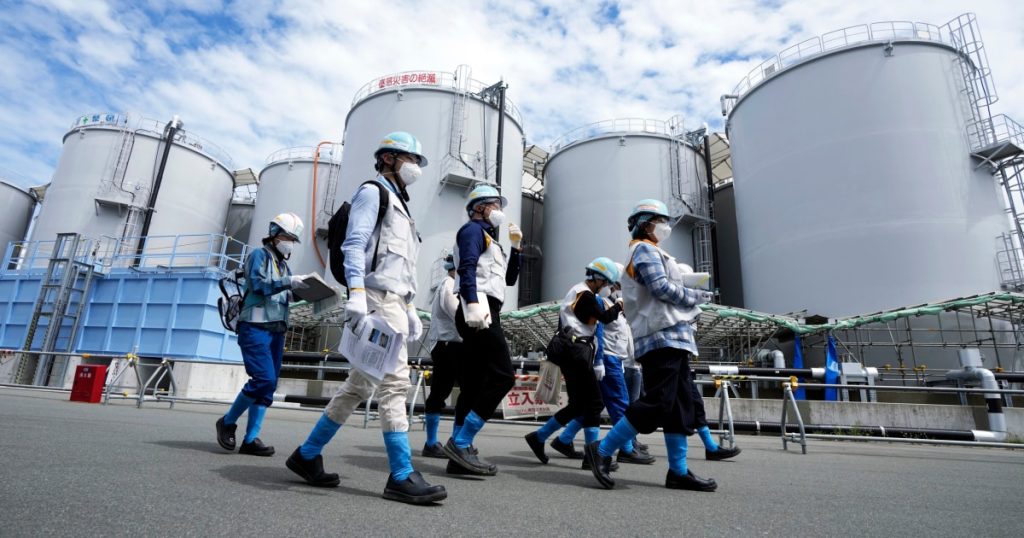A robot named Telesco, which has been inside the ruins of a nuclear reactor at Japan’s Fukushima Daiichi plant for months, successfully retrieved a tiny sample of melted nuclear fuel. The sample, the size of a grain of rice, has been placed into a secure container and will undergo detailed analyses over the coming months. This marks a significant step forward in the cleanup process of the hundreds of tons of melted fuel debris at the plant. The data from the sample will be crucial in developing a decommissioning strategy and necessary technology, as well as understanding how the accident developed.
Despite multiple probes in the years since the 2011 disaster at Fukushima Daiichi, much about the highly radioactive interior of the plant remains a mystery. The sample retrieved by Telesco was found to be less radioactive than expected, leading to questions about whether the robot extracted the nuclear fuel from the intended area. However, officials from Tokyo Electric Power Company Holdings believe that the sample is melted fuel. The robot’s mission began in August with a plan for a two-week round trip but was delayed twice due to mishaps. On Oct. 30, Telesco successfully clipped a sample from the surface of a mound of melted fuel debris in the Unit 2 reactor’s primary containment vessel.
The successful retrieval of the melted fuel sample is a significant milestone in the cleanup efforts at Fukushima Daiichi. The plant lost its key cooling systems during a 2011 earthquake and tsunami, leading to meltdowns in three reactors. An estimated 880 tons of fatally radioactive melted fuel remains in the reactors, and a 30-to-40-year target has been set for the cleanup to be completed by 2051. However, many experts believe that this timeline is overly optimistic and should be updated, as the cleanup process could potentially take a century or longer. Despite the progress made with the sample retrieval, specific plans for the full removal of the fuel debris and its final disposal have not been decided.
The robot Telesco faced several challenges during its mission, including an assembly error and a camera failure that caused delays. Despite these setbacks, the robot was able to successfully retrieve a sample of melted fuel from inside the reactor’s containment vessel. The sample was found to be significantly less radioactive than expected, raising questions about the location from which it was extracted. However, officials are confident that the sample is melted fuel and are proceeding with detailed analyses to confirm its composition. The data from the sample will be critical in developing a strategy for the overall cleanup and decommissioning of the Fukushima Daiichi plant.
The safe extraction and containment of the melted fuel sample marks a key milestone in the ongoing cleanup efforts at Fukushima Daiichi. The successful retrieval of the sample provides valuable data for planning the decommissioning process and developing the necessary technology and robots for the cleanup. Despite the challenges faced by the Telesco robot during its mission, the safe retrieval of the sample represents a significant step forward in the long and complex cleanup process at the plant. With the data from the sample analyses, officials will be able to better understand the extent of the melted fuel debris and determine the next steps for its removal and disposal.


